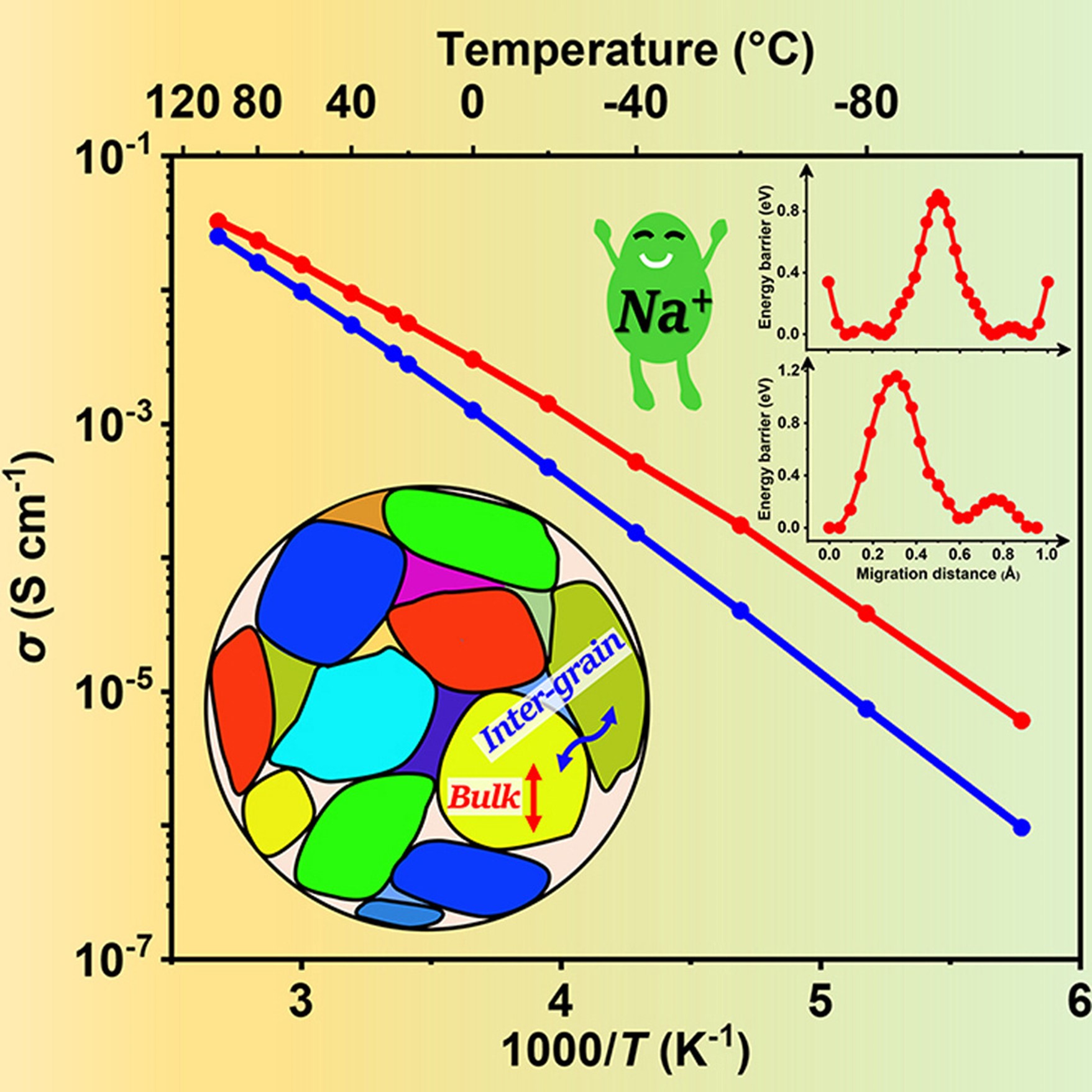“Current therapies used to manage osteoarthritis are limited to pain control, with no agent to date approved for the prevention or treatment of the disease’s progression,” said one of the study’s lead authors, Ling Qin, PhD, an associate professor of Orthopaedic Surgery. “Typically, osteoarthritis is associated with the wear-and-tear that cartilage goes through during many people’s everyday lives. Research in the past decade, though, has increasingly tied osteoarthritis to low-grade, chronic inflammation. Thus, targeting inflammation could be an effective way to block osteoarthritis from getting worse.”
The normal function of sPLA2 is to provide lipids (fats) that promote a variety of inflammation processes. The enzyme is always present in cartilage tissue, but typically in low levels. However, when the researchers examined mouse and human cartilage taken from those with osteoarthritis, disproportionately high levels of the enzyme were discovered within the tissue’s structure and cells.
“This marked increase strongly suggests that sPLA2 plays a role in the development of osteoarthritis,” said the study’s corresponding author, Zhiliang Cheng, PhD, a research associate professor of Bioengineering. “Being able to demonstrate this showed that we were on the right track for what could be a potent target for the disease.”
The next step was for the study team – which included lead author Yulong Wei, MD, a researcher in Penn Medicine’s McKay Orthopaedic Research Laboratory – to put together a nanoparticle loaded with an sPLA2 inhibitor. This would block the activity of sPLA2 enzyme and, they believed, inflammation. These nanoparticles were mixed with animal knee cartilage in a lab, then observed as they diffused deeply into the dense cartilage tissue. As time progressed, the team saw that the nanoparticles stayed there and did not degrade significantly or disappear. This was important for the type of treatment the team envisioned.
“Most small molecule drugs are cleared rapidly from knee joints following their injection, so high doses or more frequent injections are needed, which could cause significant side effects,” Cheng explained. “However, our nanoparticles had a prolonged retention – up to months – in the joint space. So we believe that these findings and what we know about them already show that this treatment could be achieved at a much lower dose or with less frequent injections, compared with small molecule drugs.”
To test the therapeutic effect of the nanoparticle treatment, the inhibitor-loaded nanoparticles were locally injected to the knees of mice receiving surgery or loading that normally lead to osteoarthritis; it appeared to block further joint damage and relieve joint pain. In the meantime, the samples without the inhibitor-laced nanoparticles continued to degrade.
“This evidence showed that the enzyme inhibitors provided protection to the cartilage’s cells,” Cheng said. “While inflammation is often not at top of mind when it comes to osteoarthritis, our work shows that developing pharmacological methods for blocking it could lead to significant advances in care if this reaches the clinic.”
Cheng said that future studies will continue to test how well the model works in larger animals before it makes its way to human clinical trials or the clinic itself.
Funding for this study was provided, in part, by grants from the National Institutes of Health (R01AG067698, R01NS100892, and P30AR069619).
Other authors on the study include Lesan Yan, Lijun Luo, Tao Gui, Biang Jang, Ahmad Amirshaghaghi, Tianyan You, and Andrew Tsourkas.
###
Penn Medicine is one of the world’s leading academic medical centers, dedicated to the related missions of medical education, biomedical research, and excellence in patient care. Penn Medicine consists of the Raymond and Ruth Perelman School of Medicine at the University of Pennsylvania (founded in 1765 as the nation’s first medical school) and the University of Pennsylvania Health System, which together form a $8.9 billion enterprise.
The Perelman School of Medicine has been ranked among the top medical schools in the United States for more than 20 years, according to U.S. News & World Report’s survey of research-oriented medical schools. The School is consistently among the nation’s top recipients of funding from the National Institutes of Health, with $496 million awarded in the 2020 fiscal year.
The University of Pennsylvania Health System’s patient care facilities include: the Hospital of the University of Pennsylvania and Penn Presbyterian Medical Center—which are recognized as one of the nation’s top “Honor Roll” hospitals by U.S. News & World Report—Chester County Hospital; Lancaster General Health; Penn Medicine Princeton Health; and Pennsylvania Hospital, the nation’s first hospital, founded in 1751. Additional facilities and enterprises include Good Shepherd Penn Partners, Penn Medicine at Home, Lancaster Behavioral Health Hospital, and Princeton House Behavioral Health, among others.
Penn Medicine is powered by a talented and dedicated workforce of more than 44,000 people. The organization also has alliances with top community health systems across both Southeastern Pennsylvania and Southern New Jersey, creating more options for patients no matter where they live.
Penn Medicine is committed to improving lives and health through a variety of community-based programs and activities. In fiscal year 2020, Penn Medicine provided more than $563 million to benefit our community.



